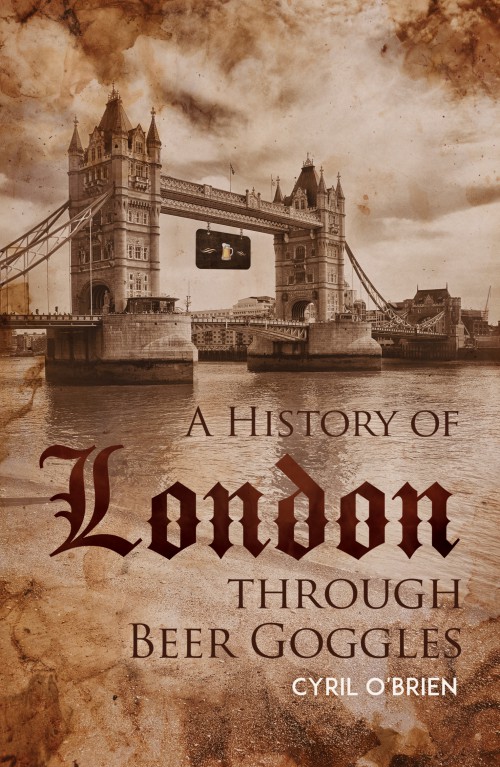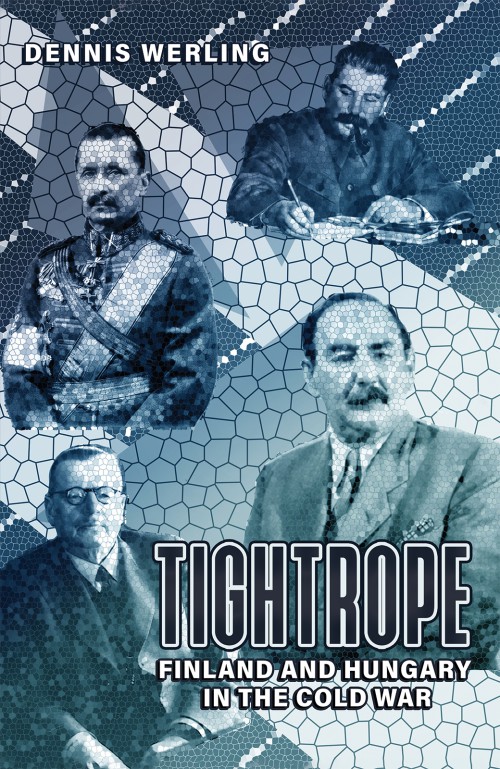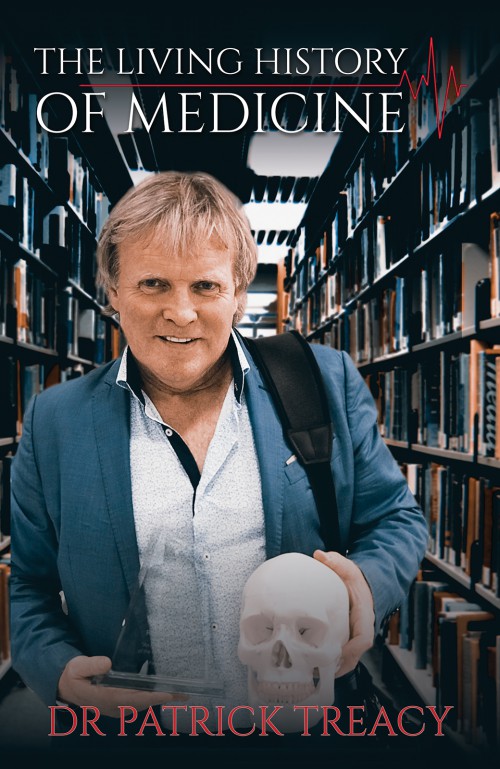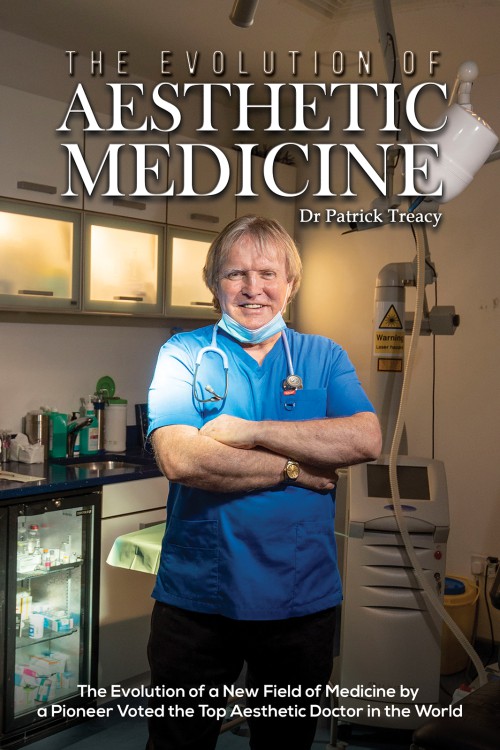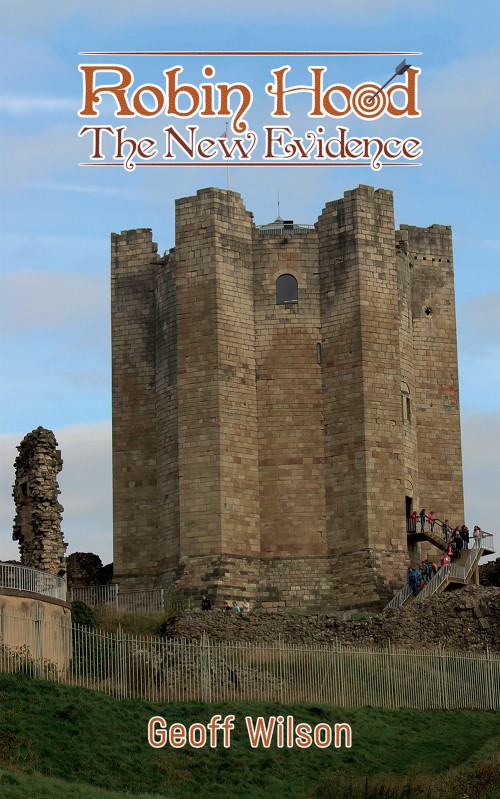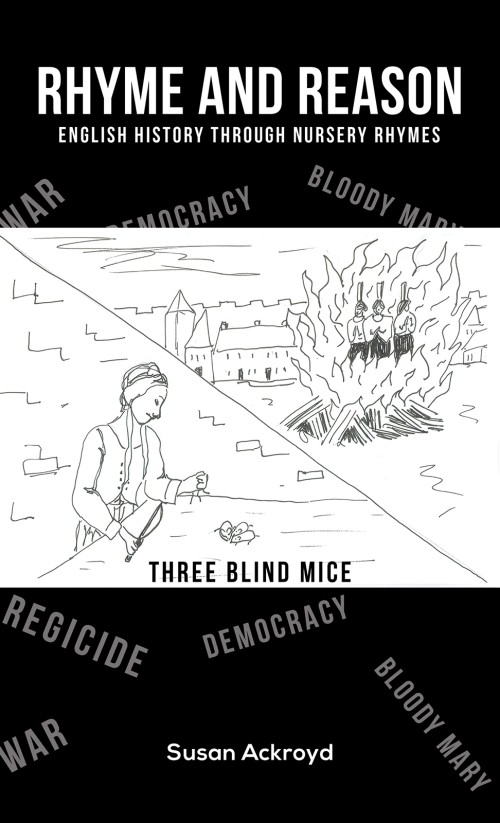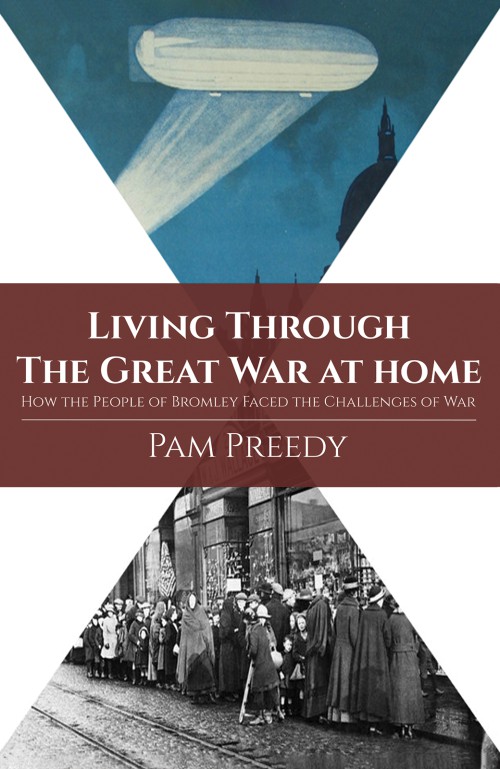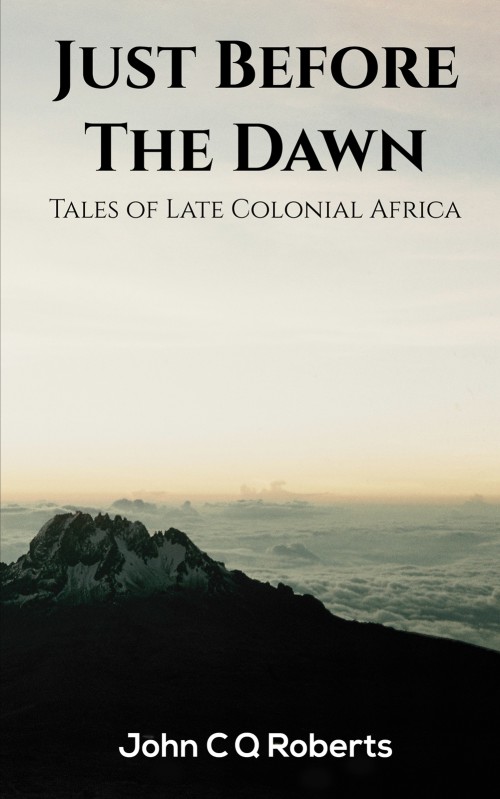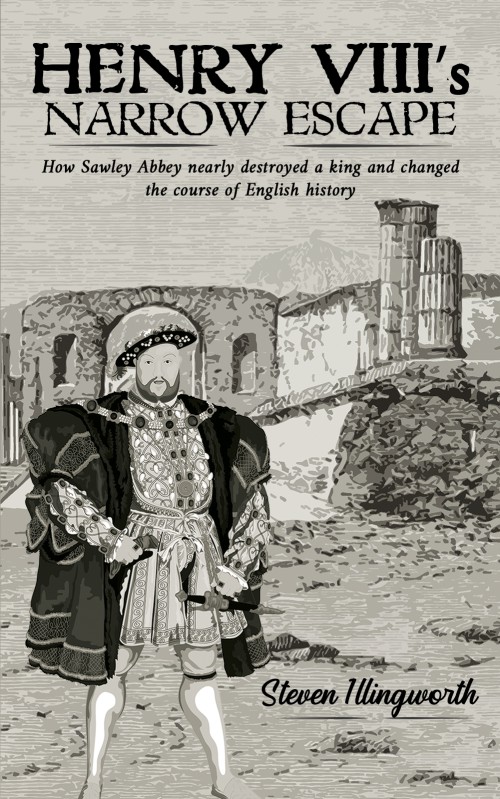-
A History of London through Beer Goggles
Discover stories and parts of London that you may not have known. All of this done whilst visiting some of London’s oldest pubs.From the Great Fire of London to the Church-run prostitutes of Southwark.From cock fighting to the famous Cock Lane Ghost.From Shakespeare to Shrek.From St Paul’s Cathedral to the inspiration for wedding cakes.Take a journey through the streets of London and discover things you never knew.A must for all who live and work in London, as well as visitors to our great city.What better way could there be than to have a drink and a walk around the parts of the city you have probably never visited. Hidden gems abound.
£14.99 -
Surgery: An Unfamiliar History
This is a fascinating account of surgery that throws light on forgotten and unknown aspects of its practice from antiquity to the present. It illuminates the rare periods of progress and also explains why there were lengthy times when no original operations were undertaken.Maybury has achieved this by identifying the time and place when each operation was first undertaken. The first of these was the trephination of the skull in Peru twelve thousand years ago, presumably to exorcise evil spirits. This operation over several thousand years reached Europe where Hippocrates described and rationalised it to treat head injuries, it is still practiced today and is the forerunner of each subsequent original operation.The golden ages of surgery took place in Ancient Greece and India and 1,300 years later in Western Europe and the USA. Between these periods, no original operations took place. Maybury explains why this happened and reveals the Greek theory that dominated surgery for over 2,000 years. He describes the passage and translation of the Greek manuscripts and their acceptance in the Arabian Empires and how in turn the Arabic versions strongly influenced Italy and then Western Europe. He also tells of the Edict of Tours of 1163 that devastated surgery and took 700 years to rectify and also the extraordinary modern era when all the tissues of the body were finally operated upon and very much more.
£17.99 -
World War One - The Meakin Diaries - Sheffield in the Trenches
In 1915, the newlywed Frank Meakin signed up to the new Sheffield City Battalion and joined the fight for King and Country in the First World War. Although diaries were forbidden during active service, Frank rebelliously and comprehensively kept one throughout his whole service - from 1915 until he was discharged in 1918, 22 days before his Battalion disbanded. Through these diaries we can see the horrors of life on the Western Front first hand; from the Battle of the Somme and its aftermath, to the horrendous conditions in the trenches and the disillusionment of these young soldiers. This is a prosaic and fascinating insight into the Great War through the eyes of a survivor, brought to life 100 years on.
£16.99 -
Tightrope: Finland and Hungary in the Cold War
Finland and Hungary both fought on the losing side in WWII. Yet the former was able to resist the overwhelming power of its Soviet neighbour, while Hungary, whose status was uncertain until 1947, was not. Could the revolt of 1956 have been a turning point? How did the Helsinki Accords contribute to the end of the Cold War?
£17.99 -
The Living History of Medicine
The history of medicine is a living one and involves much more than reflecting on the battles that have been won or lost in the ever-changing struggle against disease. The living history really lies within man himself and too often the human side of this story is neglected. As doctors, we have been trained to focus on the signs of disease and consequently, we pay little attention to the people who discovered them. When we read in our pathology texts about the interesting triad of defects in an illness such as Hand-Schuller-Christian disease, we tend to forget about the doctors who faced great personal hardships to bring us the information we now use to treat the disorder.
Dr Treacy is recognised as one of the most influential aesthetic practitioners in the world. He was awarded ‘Top Aesthetic Practitioner in the World’ (2019) and ‘Doctor of the Year’ UK & Ireland (2019). In this fascinating book, he takes us on a journey with Osler’s famed ‘Goddess of Medicine’ and explains how she is continually on the move, fleeing from battles, tyranny, and oppression, seeking to find a home where man can have study pathology in peace. She has moved from Edinburgh to Dublin, from London to Vienna, from Berlin to Maryland, then onwards to California to guide doctors in the wonders of new technologies, translating the genetic blueprint, manipulating defects in the data code of our existence and help us all fight the more complex diseases like the coronaviruses of the new millennium.
£34.99 -
The Evolution of Aesthetic Medicine
The birth and exponential growth of aesthetic medicine has been phenomenal. Recent technical innovation in aesthetic devices and products, coupled with an ever-increasing awareness of physical appearance and a rise in disposable income has boosted the demand for this field of medicine beyond all expectations. Its market size is presently valued at USD 60 billion and is anticipated to continue to expand at a CAGR of 10%.
Now comes a book, written by one of the pioneers of this field of medicine who started one of the first aesthetic clinics in the world from his apartment in Dublin in 1999. Since then, he has built clinics around the world and won multiple international awards for his own innovations and advanced techniques, including ‘Top Aesthetic Physician in the World’ in 2019.
£30.99 -
The Enigma of Modern Italy
Forget the sunshine and pasta image of Italy, and discover a world of dark forces that conspire to undermine a vulnerable democracy.
Following their defeat in World War Two, the Italians set about restoring their shattered country to create the ‘economic miracle’ of the ’60s and establish a democratic republic. Yet all is not well. The ‘hot autumn’ crisis of 1969 unleashes deep-rooted protests from workers and students dissatisfied with the status quo. Events are further compounded by Fascist plots pitted against left wing terrorist attacks, all conspiring to bring down a fragile state. A state destabilized by self-serving politicians, intent on feathering their own nests at the citizens’ expense.
If you love intrigue, conspiracy and double-dealing, this book is for you.
£17.99 -
Robin Hood - The New Evidence
The story of Robin Hood is very well known. Writers and historians have been reading and rewriting it, analysing and altering it since Ritson published his version in 1795, more than 200 years ago. The story has been published in many forms, including books, films, TV and radio programs, articles held in the World Wide Web and probably many others. As far as can be ascertained, they all have two things in common: they all contain many errors and they all fail to explain a number of mysteries.
In his book, Geoff Wilson has corrected many of the errors and has explained many of the mysteries. This he has done by accessing many surprising sources of evidence, including, for example, the British Geological Survey, aerial photography and by following on foot several of Robin Hood’s journeys described in the ballads. Practical tests were also carried out. The author’s sons (both quite young at the time) were encouraged to shout at the top of their voices in one particular location to test if sounds do in fact echo in the valleys. They do.
Among the mysteries solved are the identities of Sir Richard at the Lee and the location of Verysdale and the Village of Lee. The ‘fayre castell’ described in the Gest is also identified, as is the chapel in Barnsdale dedicated to Mary Magdalene and described in stanza 440 of the Gest. One mystery which remains unresolved, however, is the identity of Robin himself. Perhaps he is, after all, just a yeoman named Robin Hood, although the claims of an alternative candidate are seriously considered.
£21.99 -
Rhyme and Reason
Why was a baby in a treetop? Who was Georgie Porgie, the little boy blue, Mary Mary? Little Jack Horner’s family continued to enjoy the plum property he took from those intended for Henry VIII, until the 20th century.
The 20 rhymes in this book show how parliament and king battled over taxation, the authority of kings, religion. Humpty played a part in the English Civil War.
Gain an understanding of history from medieval times through to the 1700s through these rhymes and their stories.
Understand how a nursery rhyme we recite today started life as a political comment and was passed down through the years until now we have forgotten the politics.
Parents, grandparents, and teachers will find the origin of these rhymes fascinating.
£11.99 -
Living Through The Great War at Home: How the People of Bromley Faced the Challenges of War
Living Through the Great War at Home tells the story of the people of Bromley from the month before the outbreak of war to the Armistice in 1918 and the celebration of peace in July 1919. Although it shows how men were mobilised, volunteered, conscripted and left to ‘follow the colours’, it is a book about the people of Bromley and how their lives were challenged and changed during the war, how they supported their own boys in the army, how they dealt with the problems of war, the restrictions of DORA (Defence of the Realm Act) and the threat and reality of the Zeppelin raids. We learn of the generosity of the people in supporting their ‘boys’, caring for the Belgian refugees and the wounded—the VAD hospitals and how women rose to the challenge, both in terms of filling the gaps in the workforce left by the men and struggling to put food on the table as rising prices and shortages finally led to rationing. The work is based on real information from the local newspaper, together with research to put them into context and understand the stories better.
£15.99 -
Just Before the Dawn
JUST BEFORE THE DAWN is a ‘snap-shot’ of four former African colonies as they approached independence at the end of the 1950s. It is also a travel book based on the author’s experience and adventures whilst living and working at that time in Tanganyika, Zanzibar, Ruanda-Urundi (as they were then called) and Kenya. The book touches on those countries’ differing histories, both ancient and recent. It also offers the reminiscences of an elderly man pondering his first experiences of the worlds of work, and of love. The book’s leitmotif is dawn, along with its challenges: the coming dawn of change in those four countries, and in the author’s personal life. Additionally, he describes the magnificent dawn he experienced while climbing Mount Kilimanjaro, as seen on this cover.Some of the comments on the author’s book on Russia:‘A calm and objective witness for the truth’ – John Le Carré‘It affords twin pleasures of content and style’ – a reader in France‘An excellent book’ – Lord Wright of Richmond, former Head of the Diplomatic Service‘A fascinating account of conflicts and tensions’ – The Church Times‘Extraordinarily observant’ – Andrei Voznesensky, poet
£13.99 -
Henry VIII’s Narrow Escape
In 1536, King Henry VIII faced a major rebellion called The Pilgrimage of Grace, in opposition to the religious changes being imposed by the king and his ministers. The rebels, based mainly in the north of England, were particularly keen to defend the monasteries against the government’s attempt to close them down. This book tells the story of the struggle for Sawley Abbey on the border of Yorkshire and Lancashire near Clitheroe and how close Henry VIII came to a disastrous defeat there. The involvement of other northern monasteries in the struggle to save Sawley, at Whalley and Furness, is also explored. In his dealings with all three of these monasteries, Henry enjoyed great fortune and a very narrow escape. This is the story of how close these monasteries came to destroying Henry VIII and changing the entire course of English history.
£10.99

